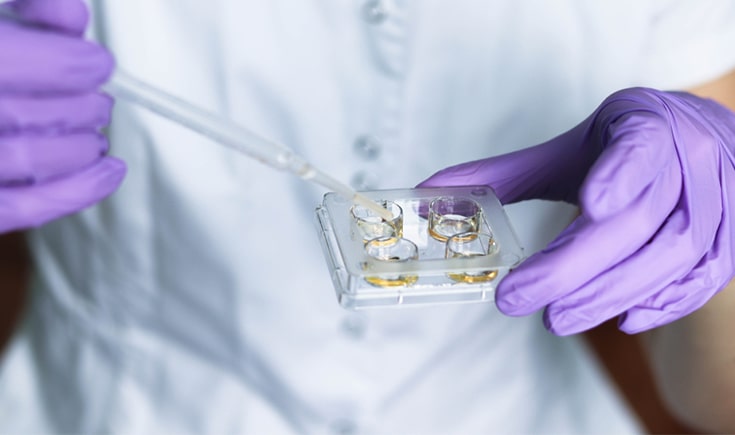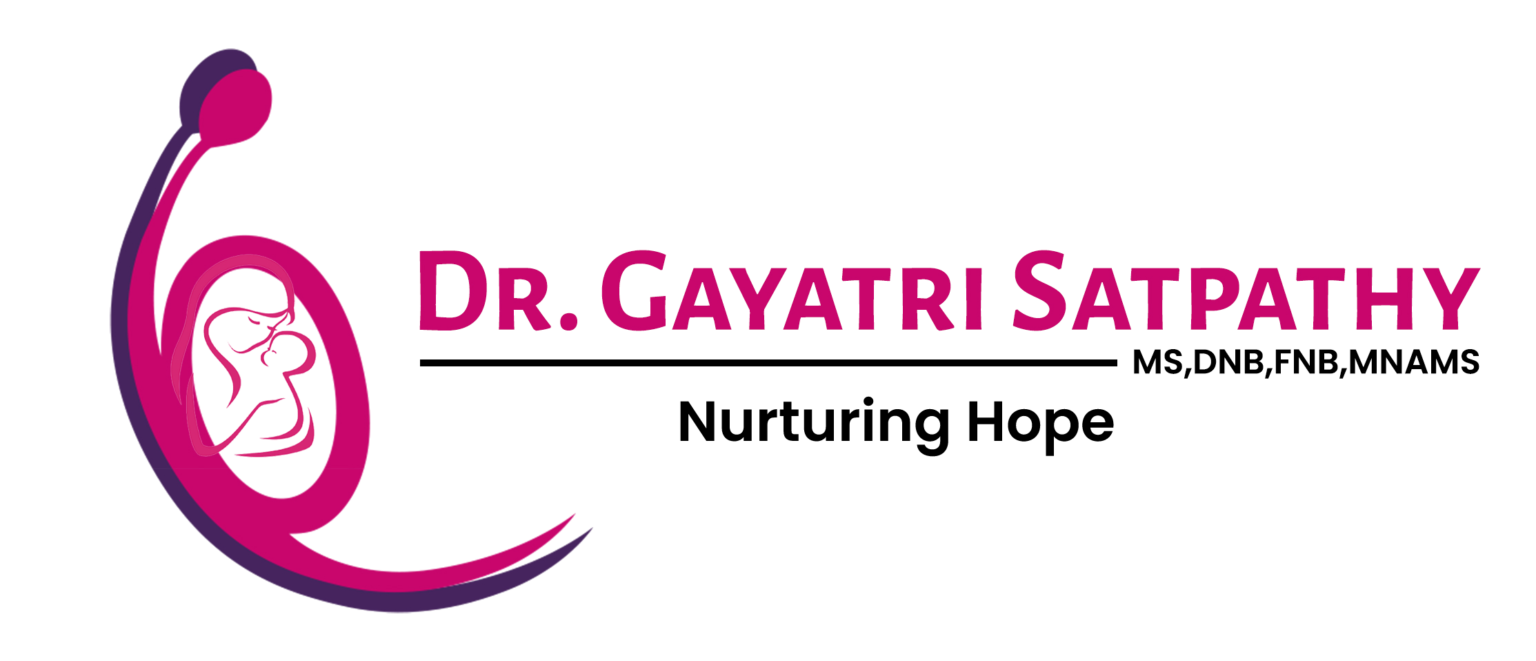- PICSI: Physiolgical intracytoplasmic sperm injection:
PICSI is an advanced sperm selection technique. Sperms with high amount of damaged DNA may appear normal in morphology. However these sperms can result in poor embryo quality and pregnancy loss. Instead of relying only on normal morphology and motility for selection of sperm as is done for ICSI, sperm selection is done in a more physiological way using the PICSI procedure. The selection of healthy sperm in PICSI relies on the ability of a mature sperm containing good DNA to be able to bind to the hyaluronan complex surrounding the oocyte.
Who are the candidates for PICSI?
- Repeated ICSI failures
- Men with high DFI (DNA Fragmentation Index) in semen
- Couples with recurrent pregnancy losses and miscarriages
- EMBRYO GLUE:
An environment similar to a woman’s uterus is created for the implantation or sticking of the embryo to the uterus in the IVF procedure. Hyaluronan or hyaluronic acid is an acid that is naturally present in the female uterus.
In an effort to create a favorable media, hyaluronic acid which is rich in the carbohydrates, amino acids, and protein, essential for the proper development of the embryo is added to the Embryo Transfer media, which may provide support to the process of implantation – by making the embryo more likely to stick to the lining of the womb, thus reducing the movement of the embryo around the uterus. This is what is known as embryo glue.
Embryo Glue may benefit couples who have had multiple implantation failures while trying to conceive. It may improve the chances of implantation to some extent.
- ASSISTED HATCHING OF EMBRYOS:
Hatching is a natural process that is performed by an embryo in order to get attached to the uterus lining for pregnancy.
For smoothening the process of implantation process in IVF treatment, the method of assisted hatching of the embryo is used where in the barrier around the embryo is weakened in the process. This not only assists the embryo to hatch but also increases the possibility of implantation. Hatching of these embryos is essential because, without hatching, they will not be implanted on the lining of the uterus.
The perfect candidate for this treatment is the women who have experienced failure in IVF in the past. Also, if their zona pellucida is very thick which is acting as a barrier for hatching, and then the same can be achieved by the treatment of assisted hatching of the embryo.
This can be achieved by any of the three methods – laser-assisted hatching, acid tyrode’s solution, and partial zona dissection. Out of these Laser assisted hatching is done most commonly.
Who can benefit from Assisted Hatching of embryos?
- Advanced maternal age
- Eggs and embryos with thickened zona
- Multiple previous IVF/ ICSI failures


